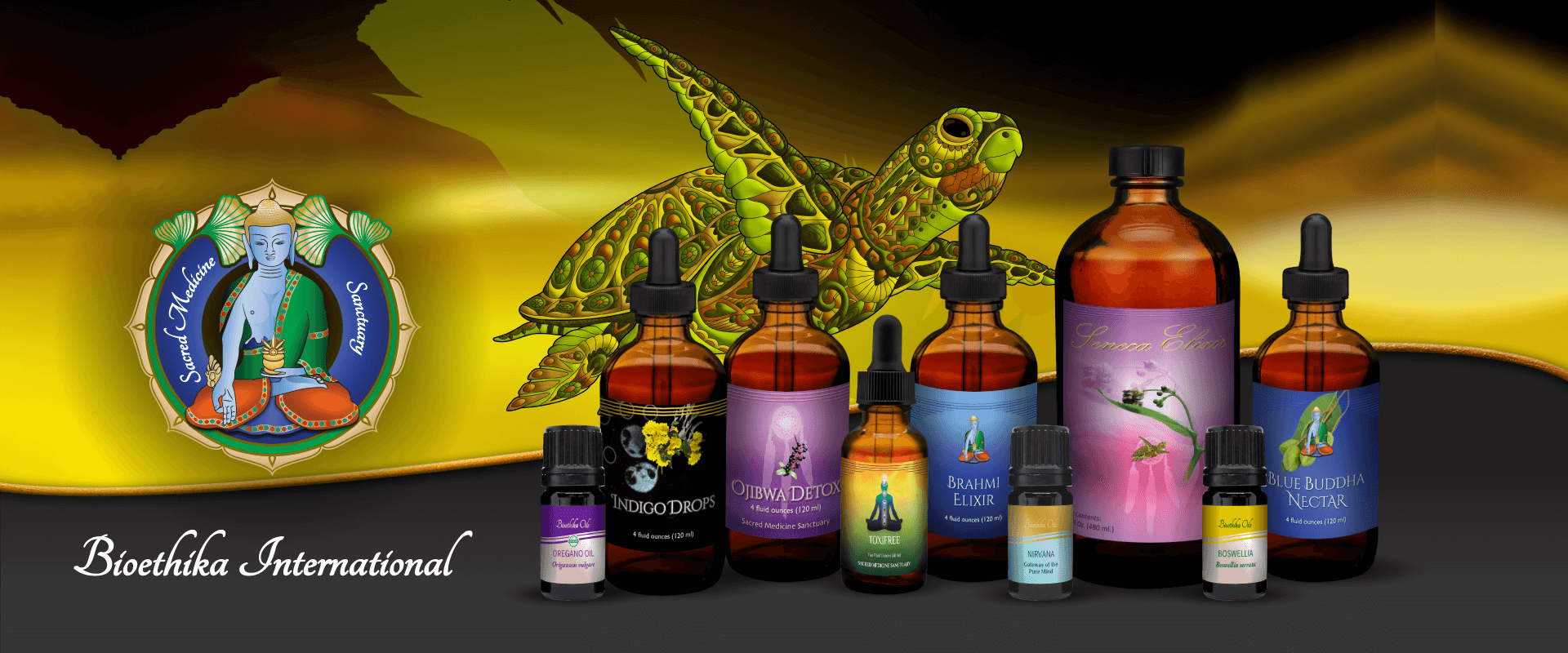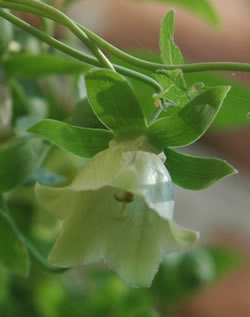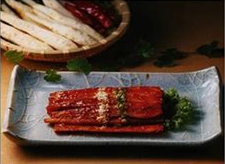

 |
This lovely tuber is a tonic herb that provides gentle nutritional support and aids the ability to adapt to stressors in life. |
|---|
After years of reading about codonopsis in books on Chinese medicinal herbs, I had the occasion to eat this delicious root at a Korean restaurant where it was prepared in an exquisite barbeque sauce and served on a delightful platter.
Often referred to as the poor man's ginseng, codonopsis produces nutritive tubers that lend themselves to culinary imagination. Codonopsis is often added to soup to enhance the health benefits of the soup but it also makes an excellent meat substitute that has exotic appeal.
Codonopsis is a bit sweet, especially if soaked in water before use. It is rich in saponins and has a capacity to penetrate and cleanse tissues. It is considered particularly beneficial to the lungs, spleen, and stomach. Research shows that it reduces blood pressure and increases immunity and hemoglobin. It is an adaptogen and supports the adrenals.
In Oriental medicine, codonopsis is used to treat yin deficiency conditions and increase precious qi. This makes it useful for those who are tired or suffering from chronic fatigue. It also helps to remove "false fire" and reduce the risk of peptic ulcers. In China, it is often used by people undergoing radiation therapy.
Growing Codonopsis
There are several species of codonopsis. The one usually used in medicine is Codonopsis pilosula, but Koreans favor Codonopsis lanceolata or todok. Both are edible.
Codonopsis is a vine with beautiful bell-shaped flowers. It does not need a trellis, but it needs something to climb on, a string or another plant. Codonopsis likes slightly acidic soil and some shade or moist soil if in the full sun. The roots take three years to mature and are harvested in autumn. Because the roots are so tasty, they need to be protected from gophers. Many prefer to keep the seedlings in a greenhouse in the first winter and then move them outdoors in late spring or early summer.
The plant is native to East Asia and hardy at least to zone 6, some say it can tolerate a bit more cold, 15-20 degrees Fahrenheit.
Codonopsis Recipes
The easiest way to prepare codonopsis is to toss a few pieces of the root into rice. The root becomes glutinous like the rice. The dried root can also be tinctured or used with other herbs to make tonic teas. However, it is the barbequed tuber that titillates the taste buds.
Prepare the tubers:
Scrape the skin clean. Cut horizontally until the midsection is exposed and then remove the mid hard core by spreading the roots flat. To remove the bitter taste, soak in salted water for a while; then, pat dry.
1. Place the tuber on a hard cutting board or flat stone, then gently flatten with the back of a heavy knife, the thinner the better, but do not tear apart the tubers. Arrange the flattened pieces on a dish.
2. Make a barbecue sauce [see recipes below]. Spread the mix over the codonopsis.
3. Broil the codonopsis on a grill and baste it with the sauce and desired seasonings.
Prepared roots can be dried or frozen for future use.

Spicy Todok Marinade |
||
2 T. |
red pepper paste [use much less or omit if not used to spices] |
|
½ T. |
red pepper powder |
|
| 2 T. | soy sauce | |
| 1 T. | chopped garlic | |
| 2 T. | chopped green onion | |
| 1 T. | sugar | |
| 1 T. | sesame salt | |
| 2 T. | sesame oil | |
| Salt to taste | ||
Recipe Variations:
Any of the ingredients can be omitted and substitutions can also be made. For instance, you can marinate shredded tubers in white wine with crushed toasted sesame seeds and garlic. You can also use vinegar instead of wine or just use sesame oil for moisture. Some people will want to use a sweetener of some type. This will make the pepper seem a little less aggressive!
You can saute in a pan or wok instead of broiling or you can grill the codonopsis outdoors on a barbeque grill.
Codonopsis Tonic Properties
According to Subhuti Dharmananda, Ph.D., Director, Institute for Traditional Medicine, Portland, Oregon, since the Communist Revolution in 1949, most herbal formulas calling for ginseng actually used codonopsis, this regardless of what the label stated.
The primary use in TCM is tonification of the qi, particularly the important spleen qi that is used to build blood. It has value for the lungs as well. It is an excellent herb for long-term use and rarely recommended for acute conditions.
Codonopsis is very often combined with astragalus to make a "recovery" tonic for use following child birth, surgery, or major illness.
Codonopsis from Dried Root: Marinated and Grilled
Copyright by Dr. Ingrid Naiman 2004, 2007, 2009, 2011, 2014, 2017, and 2022
Credit: Thanks to AeRhee Lee for Culinary Suggestions